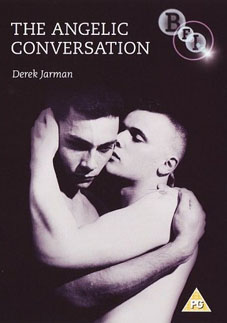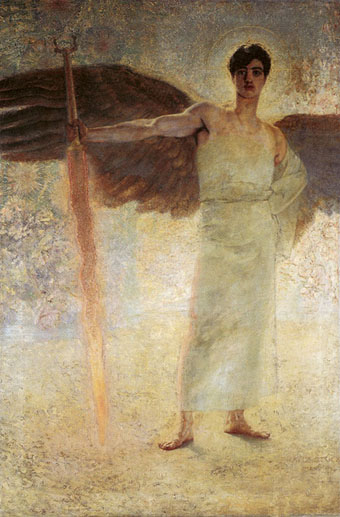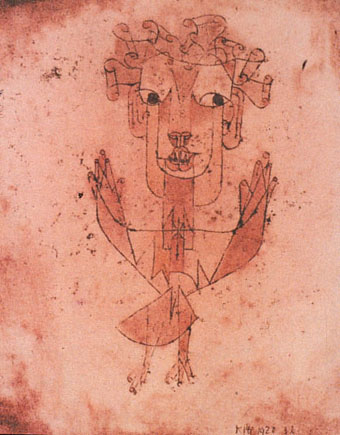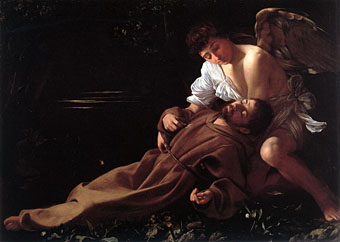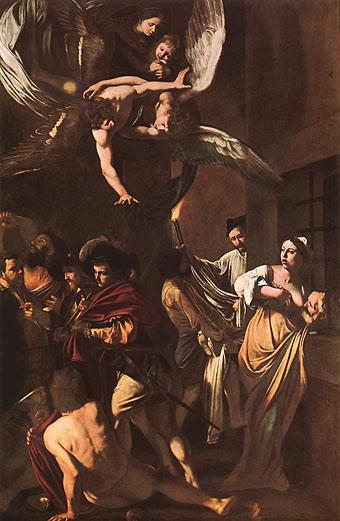Title by John Dee, words by William Shakespeare, narration by Judi Dench and music by Coil; Derek Jarman’s oneiric film/poem is released on DVD, along with two other works.
The BFI releases three Derek Jarman films together—Caravaggio (1986), Wittgenstein (1993) and The Angelic Conversation (1985)—all digitally restored and re-mastered for DVD and each with extensive and illuminating extra features.
The films were made with the BFI Production Board, whose aim was to foster innovation in British filmmaking, thus providing a natural home for Jarman’s artistic sensibility. These three films represent highpoints in his career and are perhaps the most enduring in their appeal and relevance to contemporary audiences.
Intense, dreamlike, and poetic, The Angelic Conversation is one of the most artistic of Derek Jarman’s films. With his painter’s eye, Jarman conjured, in a beautiful palette of light, colour and texture, an evocative and radical visualisation of Shakespeare’s love poems.
Of the 154 sonnets written by Shakespeare, most were written to an unnamed young man, commonly referred to as the Fair Youth. Here, Judi Dench’s emotive readings of 14 sonnets are coupled with ethereal sequences; figures on seashores, by streams and in colourful gardens. The disruption of these magical scenes with images of barren and threatening landscapes echoes perfectly the celebration and torment of love explored in the sonnets.
Shot on Super-8 before being transferred to 35mm film, the unique technical approach results in a striking aesthetic, with Coil’s languorous soundtrack completing the intoxicating effect.
Previously on { feuilleton }
• James Bidgood
• Kenneth Anger on DVD…finally
• Un Chant d’Amour by Jean Genet

